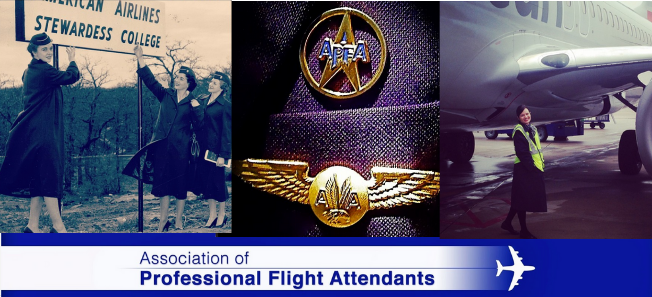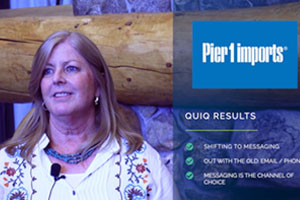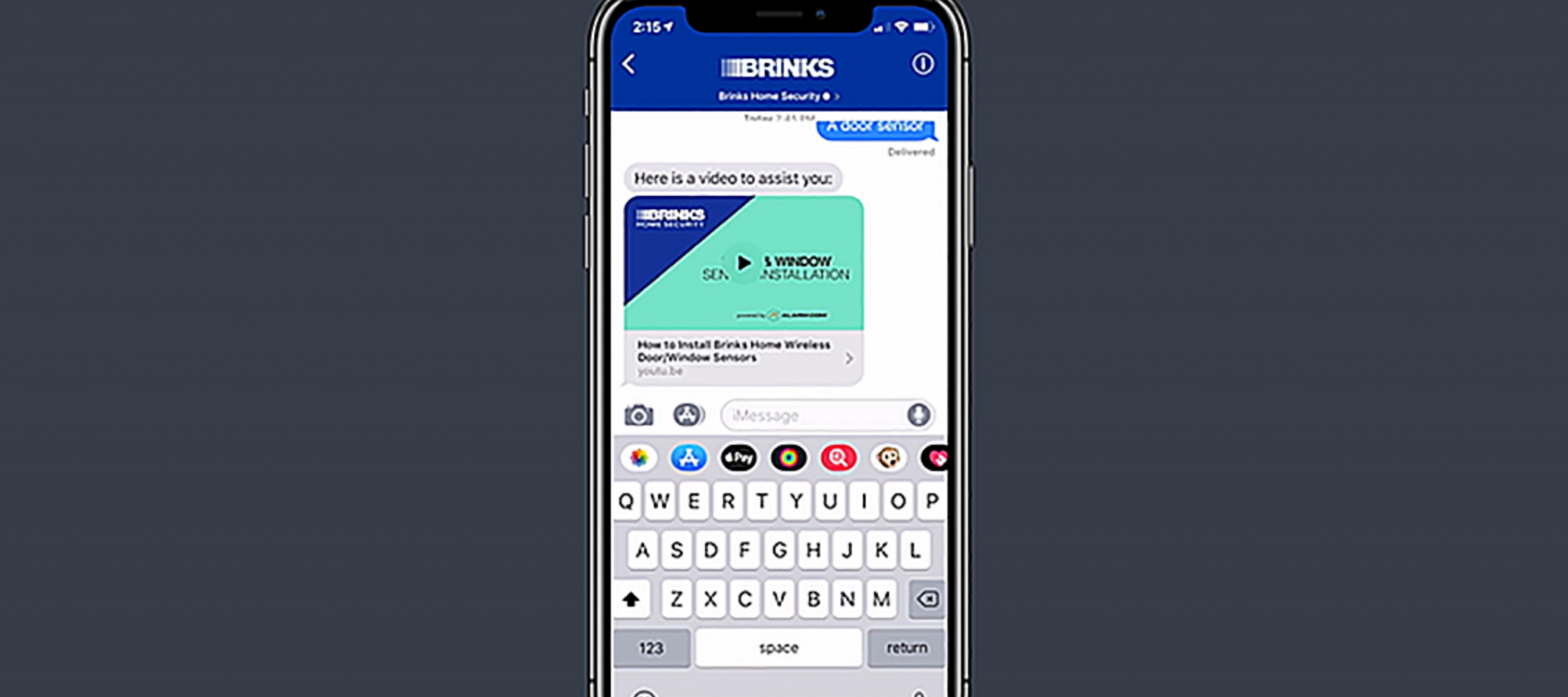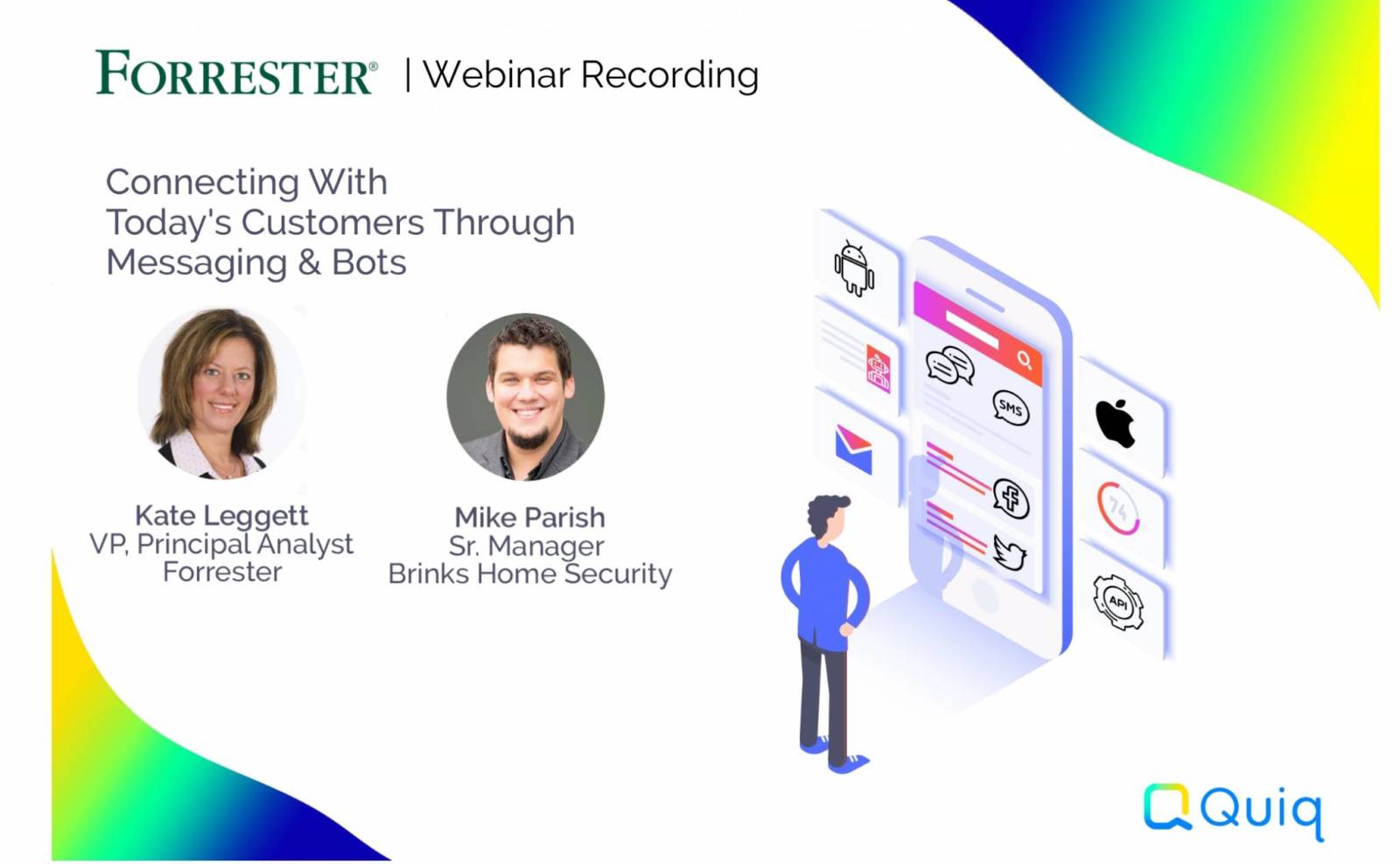Space. Not the vast, final frontier kind. We’re talking about the high demand, short supply, revenue generating variety that you find in New York, New Jersey, and California. When space is limited and parking is an absolute necessity, that can be a problem. That’s where U-tron comes in.
U-tron’s technology is a fully automated parking solution that saves space and reduces costs, while opening the doors to additional amenities. U-tron delivers a user friendly parking experience as simple and easy as valet parking, but without any human intervention. U-tron wanted the entire experience to be frictionless, right down to helping customers in need. The company turned to Quiq, so that customers who need help, get a fast, easy experience. Now 80% of the calls they use to receive now go through messaging.
Fully Automated, Highly Accurate, and Efficient
With traditional parking structures, developers must work with often limited, complex space constraints. Imagine you’re developing an office complex in New Jersey. Local ordinances require you to provide 200 parking spots. The space available for parking will accommodate 90 cars on a flat surface. It used to be that the only options were an expensive dig to build down into the ground or building an eyesore up into the sky.
If you order your car, it means you’re going somewhere. You might have an appointment, you might be going to work, or maybe you have a party to go to. Whatever it is, you need your car. So every second really counts when there’s an issue and your car is not coming out.
- Michael Asmussen, Service Operations Manager, U-tron
That is until Unitronics, an industrial automation company applied 30 years of experience and knowledge to the problem and created U-tron. The company’s advanced automation solutions doubles the amount of parking spaces available.
A U-tron parking structure delivers a valet experience, without the valet. Drivers pull their car into a bay, lock their doors, and leave. The U-tron system will load the vehicle onto a pallet where it is smoothly delivered to its optimal parking spot. Pallets are transported by conveyors in an organized matrix designed to allow full flexibility and maximum capacity. Cars can be packed inches away from each other since there aren’t any humans who have to open doors to get in and out of cars.
The absence of humans also means that there are different standards for safety and security. Garages are not lit or ventilated and there aren’t any stairwells or elevators to maintain. The lack of human access means that cars aren’t broken into and the robots that park the vehicles with precision and speed don’t ding cars. These things change the cost to build, insure, and operate a parking structure.
When drivers are ready to retrieve their vehicle they use the mobile app or kiosk to have the system retrieve their car. Cars arrive at a bay, facing forward and ready for the driver to head out.
The entire operation is a modern, digital, fully-automated experience. Except when there was the rare instance a customer needed help at one of the garages.

When Every Second Counts Messaging Is The Answer
The expectation of an automated system is that it’s reliable and intuitive and when it’s not, that’s a problem. But U-tron isn’t a company of problem solvers. U-tron is a company of problem eliminators and one of the company’s key metrics is having zero customer calls to resolve. However, there are the inevitable software bugs or power outages that cause issues for customers.
Prior to implementing messaging, customers who had trouble retrieving their car would call a number. An answering service staffed by human agents would answer the call, take a message, and send an email to one of the technicians. The process required U-tron employees to vigilantly monitor their email for these infrequent requests so they could help customers as quickly as possible.
Quickly in this case was a relative term. The conversation with the answering service and transmission of the message through email could take 5 minutes or more in and of itself. If you’re the customer waiting for your car, that can feel like a lifetime.
One of the first things Michael Asmussen, Service Operations Manager at U-tron wanted to do when he joined the company was to reduce the customer’s wait time. Texting was the obvious channel. Given that 80% of calls have been deflected to SMS, it appears to have been the right choice.
U-tron Chooses Quiq Messaging For Flexibility
U-tron is a small, growing international company. There are between 15 to 20 technicians worldwide who handle approximately 5 inquiries a day in addition to monitoring and maintaining the complex equipment in the garages.
When the team looked for solutions it was important that the messaging platform was enabled across various channels like WhatsApp and SMS. Quiq was an obvious winner there. Quiq’s support of SMS, web chat, WhatsApp, Google’s Business Messages, and Apple Messages for Business meant that messaging could work in the US and elsewhere.
What really sealed the deal for the team at U-tron was the ability to pay by the conversation and not by seat. This ensures that anyone who needs to be involved in the conversation to help the customer has access to messaging.
For Michael, who was the champion for messaging from the beginning, it meant that he could stretch his budget and get all of his technicians on messaging instead of having to pick a handful of technicians for the messaging channel or worse, share licenses. With Quiq, every technician can get instant access to any of the customer messages that come in and there is clean reporting for every technician and every conversation.
From a managerial standpoint, the transparency of messaging has been a big win. Unlike the black box of phone calls where it wasn’t clear what transpired in the conversation, messaging makes it easier to review activity and transcripts. As a manager, Michael is able to review conversations and provide Technicians with the coaching they need to deliver better service.
The Future of Fully Automated Parking
Messaging provides U-tron the flexibility it needs now and for their future growth. The company has plans to double the cars in service every year for the next four or five years. Part of the rationale for choosing Quiq was that it could easily scale, and do so quickly, as their business grows.
Anything I’m doing right now has to easily scale because the business is going to grow and Quiq fit the bill there. If I want to double the team tomorrow, it’s ten minutes to just add the users and train them.
- Michael Asmussen, Service Operations Manager, U-tron
Messaging isn’t the only way the company is preparing for growth. Around the same time messaging went live for the company in September of 2020, U-tron also introduced their mobile app. Within the mobile app, the company prominently presents a help button which opens the native texting app on their customers phone so that they can initiate a conversation right away.
The Operations team’s success with Quiq has their Marketing department looking into how to use messaging too. Down the road, the team plans to evaluate web chat, Facebook, and Google’s Business Messages for pre-sales support.
Naturally, it wouldn’t be a U-tron case study if the company didn’t have plans to expand their use of bots to automate transactions. Michael believes that their bots will evolve further to distinguish between standard customer issues and issues like billing. For now, the team is training and iterating their bots to recognize more customer intents.




 Pella partnered with Quiq to implement messaging and went live with the platform in January of 2020 within the corporate contact center. The plan was to start with a subset of their customers and agents, build something and then learn from it.
Pella partnered with Quiq to implement messaging and went live with the platform in January of 2020 within the corporate contact center. The plan was to start with a subset of their customers and agents, build something and then learn from it.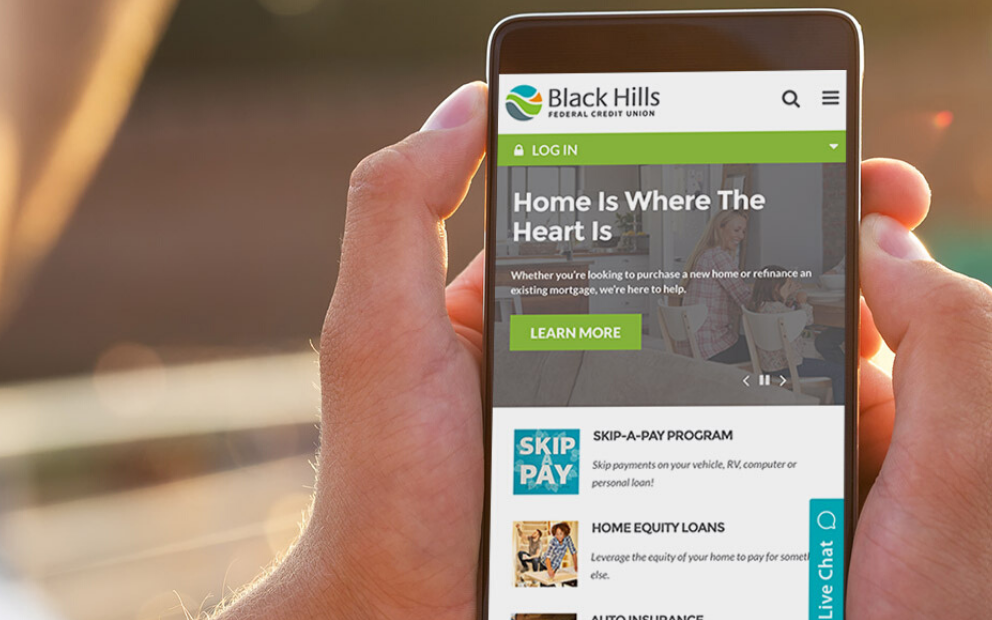
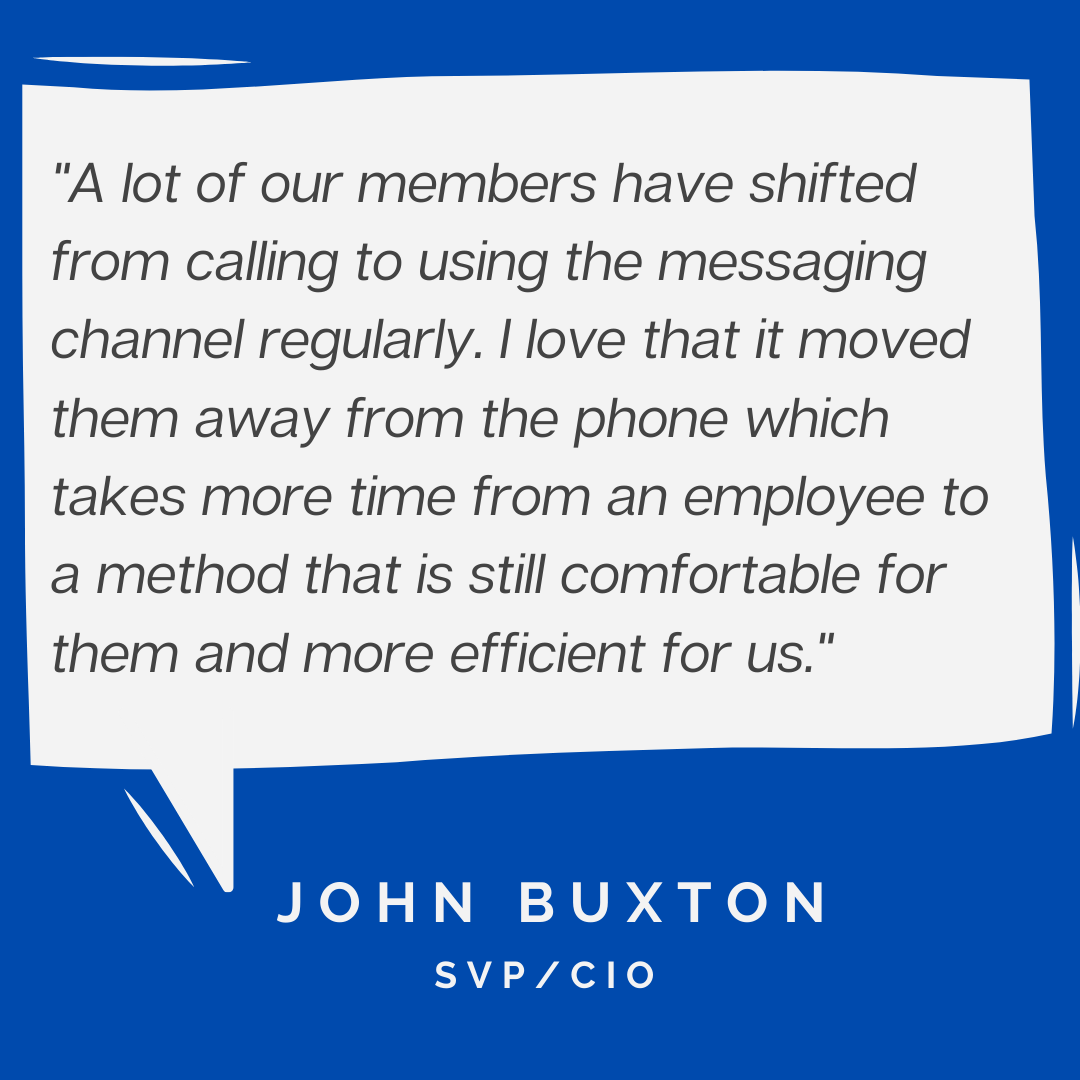 Black Hills Federal Credit Union (BHFCU) is proud to be a part of the community they serve. They help members who are spread out across SouthDakota buy their first home, their first car, that second home, and even start businesses.
Black Hills Federal Credit Union (BHFCU) is proud to be a part of the community they serve. They help members who are spread out across SouthDakota buy their first home, their first car, that second home, and even start businesses.
 The team at Black Hills decided to take things slowly to get a feel of the new channel and implemented Quiq for inbound texts only. Getting started with Quiq was straightforward and happened quickly. In the words of SVP/CIO John Buxton, “Implementation was super smooth.” The credit union has since added web chat, outbound messaging, and integrated messaging with their IVR system.
The team at Black Hills decided to take things slowly to get a feel of the new channel and implemented Quiq for inbound texts only. Getting started with Quiq was straightforward and happened quickly. In the words of SVP/CIO John Buxton, “Implementation was super smooth.” The credit union has since added web chat, outbound messaging, and integrated messaging with their IVR system.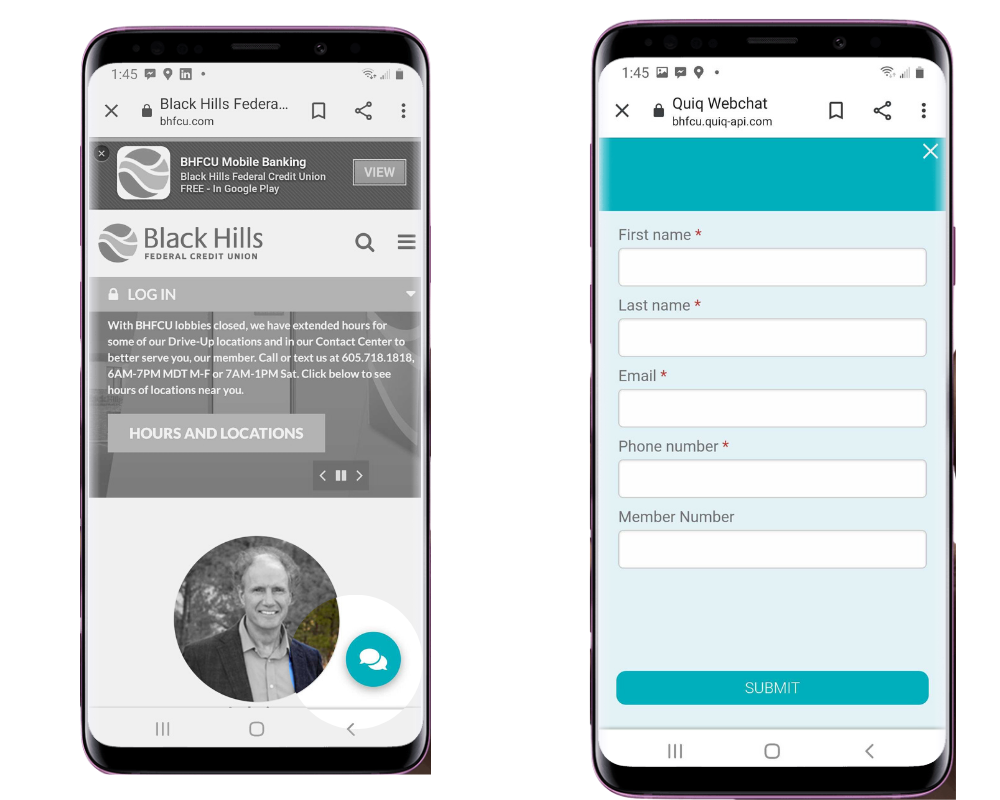

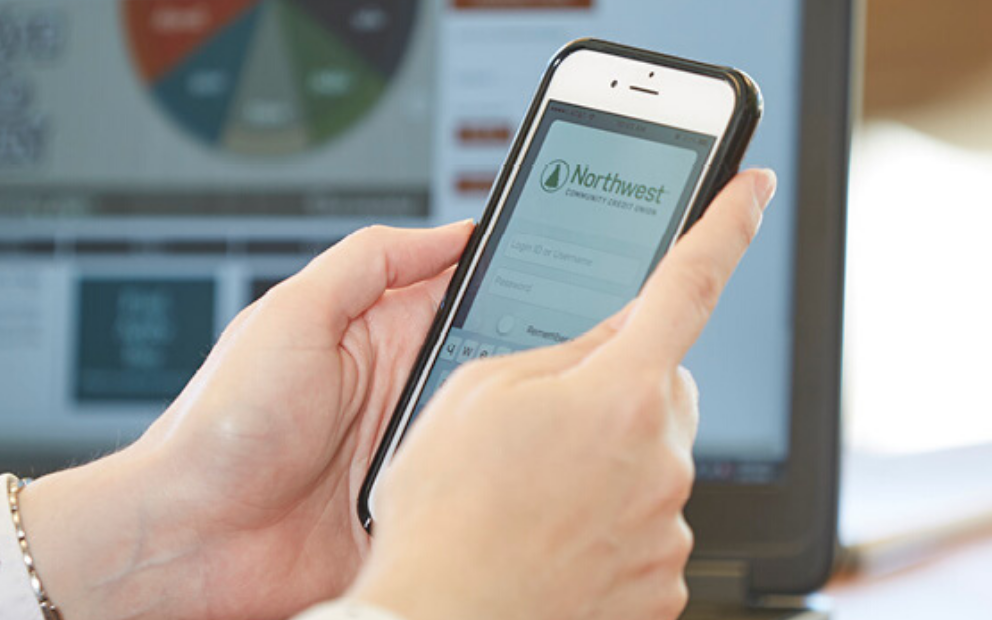
 The intuitive nature of texting and Quiq’s interface made employee training easy, providing the flexibility the organization needed during the staffing turmoil of the pandemic. “The beauty is that it’s so easy we’ve been able to have employees from all over the organization, including many employees who have never talked to members, using the channel, supporting them, and it’s just been seamless, so that’s been really great. It’s been the silver lining in rolling out something in the midst of COVID.” says April Cooper, Director of Digital Experience at Northwest Community Credit Union.
The intuitive nature of texting and Quiq’s interface made employee training easy, providing the flexibility the organization needed during the staffing turmoil of the pandemic. “The beauty is that it’s so easy we’ve been able to have employees from all over the organization, including many employees who have never talked to members, using the channel, supporting them, and it’s just been seamless, so that’s been really great. It’s been the silver lining in rolling out something in the midst of COVID.” says April Cooper, Director of Digital Experience at Northwest Community Credit Union.

 When Kim Essensa, Stio’s Customer Experience Manager, joined the company in June of 2018, Stio had been experiencing annual growth rates of 52 percent. In the second quarter of 2018, Stio’s growth accelerated to an impressive 70% year over year.
When Kim Essensa, Stio’s Customer Experience Manager, joined the company in June of 2018, Stio had been experiencing annual growth rates of 52 percent. In the second quarter of 2018, Stio’s growth accelerated to an impressive 70% year over year.




 It’s not just booking availability inquiries that are handled quickly through the messaging channel. A lot of people want to cancel reservations, change dates or site location, while others want to know about facilities and amenities at specific locations. In general, Aspira finds that messaging conversations are a lot shorter and faster than phone calls. Agents have observed that it usually takes just 10 messages back and forth on average to get to a resolution.
It’s not just booking availability inquiries that are handled quickly through the messaging channel. A lot of people want to cancel reservations, change dates or site location, while others want to know about facilities and amenities at specific locations. In general, Aspira finds that messaging conversations are a lot shorter and faster than phone calls. Agents have observed that it usually takes just 10 messages back and forth on average to get to a resolution. 